Fox Squirrel
- December 18, 2023
- 0 comment
The Fox Squirrel, scientifically known as Sciurus niger, is a captivating arboreal rodent that inhabits various regions of North America. Identified by its striking appearance and bushy tail, the Fox Squirrel is a species of tree squirrel that encounters conflicts primarily in urban and suburban environments due to habitat loss and competition with gray squirrels. Despite its vibrant presence, the legal status of Fox Squirrels varies, with some states recognising them as game animals while others designate them as unprotected species.

In terms of identification, Fox Squirrels showcase a distinctive coloration pattern with a mix of rusty red and gray fur, often accompanied by a white belly. Their long, bushy tails contribute to their overall charm and serve various functions, such as maintaining balance during acrobatic leaps and acting as a cozy wrap during rest. These agile creatures can be easily distinguished from other squirrel species by their larger size and robust build.

The Fox Squirrel’s species range spans across a broad geographical spectrum, encompassing woodlands, parks, and urban areas throughout North America. They adapt well to diverse environments, displaying a remarkable versatility that allows them to thrive in both natural and human-altered landscapes. This adaptability, however, often results in conflicts with human activities, particularly when the squirrels raid bird feeders or nest in attics, leading to concerns about property damage and potential health risks.
While Fox Squirrels are generally considered harmless, their presence in urban settings can raise health and safety concerns. Instances of property damage and the potential transmission of diseases, such as ticks and fleas, are among the primary worries.
| Specification | Description |
|---|---|
| Scientific Name | Sciurus niger |
| Common Name | Fox Squirrel |
| Size | Larger than other squirrel species, ranging from 17 to 27 inches in length, including their bushy tail. |
| Weight | Adult Fox Squirrels typically weigh between 1 to 2 pounds. |
| Fur Color | Varied coloration, often featuring a mix of rusty red and gray fur, with a white belly. |
| Tail | Long, bushy tail that aids in balance and serves various functions. |
| Habitat | Found in a range of environments, including woodlands, parks, and urban areas throughout North America. |
| Adaptability | Highly adaptable, displaying versatility in both natural and human-altered landscapes. |
| Legal Status | Varies by state, with some recognising them as game animals and others designating them as unprotected. |
| Conflicts | Encounters conflicts in urban and suburban environments due to habitat loss and competition with other squirrels. |
| Health Concerns | Potential concerns include property damage and the transmission of diseases, such as ticks and fleas. |
The Enigmatic Fox Squirrel

Unveiling Its General Biology
The Fox Squirrel, scientifically known as Sciurus niger, is a fascinating arboreal rodent with a captivating presence in North America. Delving into its general biology unveils a species characterised by its distinct appearance, adaptive behaviour, and intricate interactions within its ecosystem. From size and fur coloration to unique adaptations, exploring the general biology of the Fox Squirrel sheds light on the intricacies of this remarkable rodent.
A Closer Look at Fox Squirrel Reproduction
Reproduction is a crucial aspect of the Fox Squirrel’s life cycle, influencing population dynamics and ecological balance. This article examines the reproductive habits of these charismatic rodents, covering topics such as mating behaviors, gestation periods, and the nurturing of young. By understanding the reproductive patterns of Fox Squirrels, we gain insights into the mechanisms driving their population sustainability.
Behavioural Insights
Delving into the behavioural repertoire of the Fox Squirrel reveals a spectrum of fascinating habits and interactions. From foraging and communication to social structures, this article explores the daily life and behavioural patterns that define the Fox Squirrel’s existence. Unravelling the mysteries behind their behaviours enhances our appreciation for these adaptable creatures.
Creating Homes in Treetops
Nesting and dinning are crucial aspects of the Fox Squirrel’s survival strategy. This article explores the intricacies of their nest-building activities and dinning preferences. From treetop nests to ground-level dens, understanding the choices Fox Squirrels make for shelter provides valuable insights into their adaptive strategies in different environments.
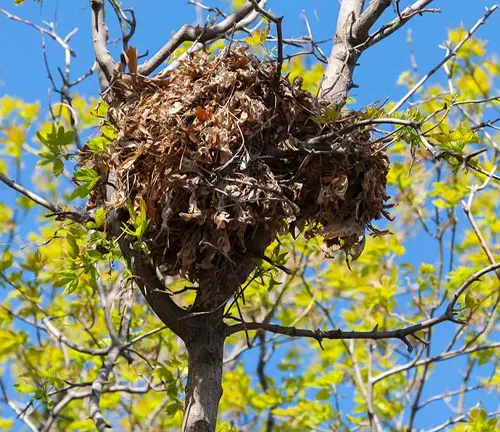
In Search of the Perfect Hideout
The Fox Squirrel’s habitat preferences play a pivotal role in shaping its distribution and abundance. This article examines the diverse environments Fox Squirrels inhabit, from woodlands and parks to urban landscapes. By understanding their habitat choices, we gain a comprehensive view of the ecological niches these adaptable rodents occupy.

A Culinary Adventure
The Fox Squirrel’s diet is as diverse as its habitat, encompassing a wide range of food sources. This article explores their food habits, covering preferred nuts, seeds, fruits, and other dietary elements. Understanding the Fox Squirrel’s culinary preferences sheds light on its ecological role as a seed disperser and forager.
Chirps, Chatters, and Pawprints
Communication is a vital aspect of the Fox Squirrel’s social dynamics. This article explores the various sounds and vocalisations these rodents use for communication. Additionally, it delves into the tracks and signs they leave behind, offering a glimpse into the visual language that contributes to their intricate social structure.
Unmasking the Culprit
Tales of Torn Landscapes
Fox Squirrels, with their acrobatic prowess and voracious appetites, can leave their mark on landscapes. From gardens to public parks, this article examines the impact of Fox Squirrels on natural and cultivated environments. By identifying signs of landscape damage, we gain insights into the challenges these rodents pose to outdoor spaces.
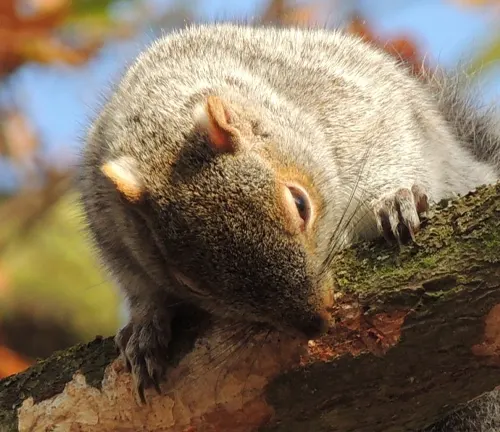
Harvest Havoc
As creatures of habit, Fox Squirrels may extend their foraging ventures into agricultural landscapes, causing concerns for farmers and livestock owners. This article explores the ways in which Fox Squirrels can damage crops and potentially affect livestock. Understanding these impacts is crucial for developing effective strategies to mitigate conflicts between agriculture and the natural habits of these rodents.
Scurrying Saboteurs
The adaptability of Fox Squirrels extends to their choice of living spaces, and sometimes, this can lead to unwanted interactions with human-made structures. From nibbling on electrical wiring to creating nests in attics, this article sheds light on the damage that Fox Squirrels can inflict on buildings and other structures. Recognising the signs of structural damage is key to addressing and preventing potential issues.
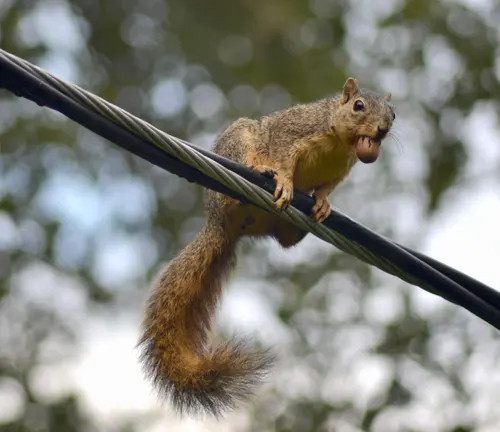
Damage Prevention and Control Methods
Guarding Your Domain
Fox Squirrels, with their charming presence, can sometimes become unwelcome guests, causing damage to landscapes, crops, and structures. This article explores a range of practical methods to prevent and control damage caused by Fox Squirrels, providing insights into habitat modification, exclusion, and other strategies to maintain harmony between humans and these lively rodents.
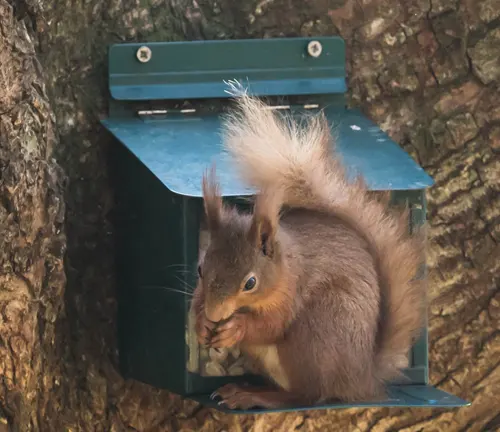
Adapting Spaces
Habitat modification serves as a proactive approach to deter Fox Squirrels from causing damage. This article delves into strategies for adapting outdoor spaces to make them less enticing to these rodents. From altering vegetation to minimizing attractants, habitat modification offers a non-invasive method to discourage Fox Squirrels and protect landscapes.
Building Barriers
Exclusion plays a crucial role in damage prevention, especially when it comes to protecting crops and structures. This article explores the implementation of physical barriers and other exclusion techniques to keep Fox Squirrels at bay. Understanding how to effectively block access points and secure vulnerable areas is essential for maintaining the integrity of structures and agricultural spaces.
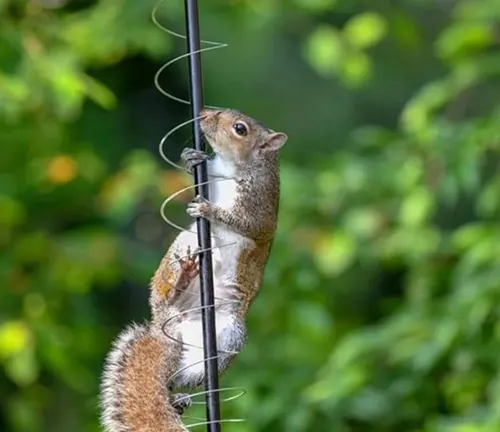
Startling Solutions
Frightening devices provide an innovative approach to deter Fox Squirrels without causing harm. This article examines the use of visual and auditory stimuli to startle and discourage these rodents from specific areas. By incorporating frightening devices into damage prevention strategies, individuals can create an environment that discourages Fox Squirrels from causing harm.
Aromatic Aversions
Repellents offer a less intrusive yet effective means of discouraging Fox Squirrels from targeted areas. This article explores the use of scent-based and taste-based repellents to create aversions in Fox Squirrels. Understanding how these repellents work and their application methods is key to incorporating them into a comprehensive damage prevention plan.
Balancing Act
While not the first choice, toxicants can be considered in specific situations for Fox Squirrel control. This article discusses the cautious use of toxic baits and poisons, emphasising the importance of responsible application and adherence to regulations. Balancing the need for control with environmental considerations is vital when contemplating the use of toxicants.

Precision Measures
In certain scenarios, shooting may be a targeted and immediate method for Fox Squirrel control. This article explores the considerations and precautions associated with using firearms in a controlled and responsible manner to manage Fox Squirrel populations.
Strategic Capture
Trapping offers a humane and controlled method for managing Fox Squirrel populations. This article delves into various trapping techniques, emphasising the importance of proper placement, bait selection, and ethical considerations when using traps to control Fox Squirrels.
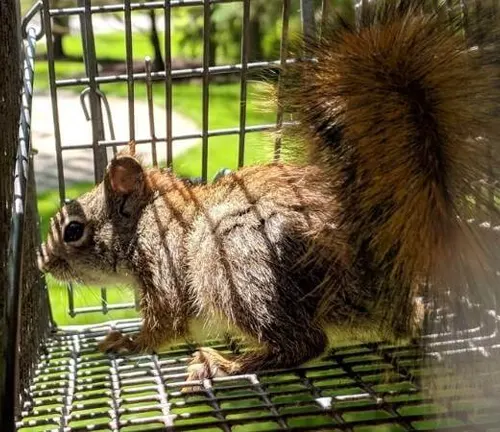
Different Species
Eastern Fox Squirrel
(Sciurus niger niger)
Found in the eastern parts of North America, this subspecies is recognised for its larger size and distinctive coloration, often featuring a mix of gray and reddish-brown fur.

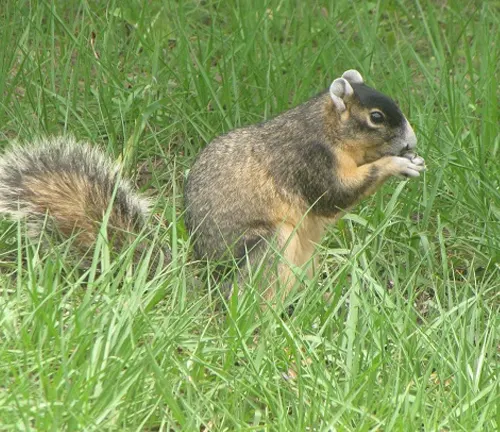
Southern Fox Squirrel
(Sciurus niger ludovicianus)
Inhabiting the southern regions of the United States, the Southern Fox Squirrel is known for its vibrant coat, ranging from orange-red to dark brown. They are typically larger than their northern counterparts.
Western Fox Squirrel
(Sciurus niger rufiventer)
Residing in the western parts of North America, from the Great Basin to the Pacific Coast, the Western Fox Squirrel exhibits a range of colors, including gray, brown, and rusty-red hues.
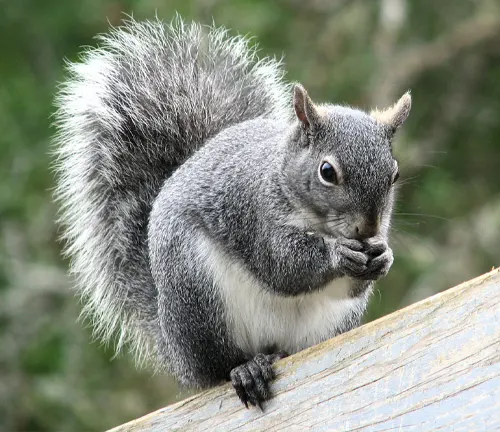
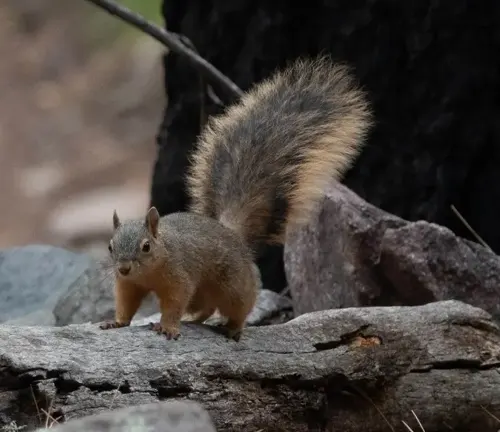
Mexican Fox Squirrel
(Sciurus niger mexicanus)
Found in parts of Mexico, this subspecies is distinguished by its colour variations, often including gray, reddish-brown, and black shades. It is adapted to the diverse habitats within its range.
Frequently Asked Questions(FAQs)
- What is a Fox Squirrel?
A Fox Squirrel is a species of tree squirrel belonging to the Sciurus genus. It is known for its distinctive coloration, bushy tail, and adaptability to various environments. - Where are Fox Squirrels Found?
Fox Squirrels are native to North America and can be found in a variety of habitats, including woodlands, parks, and urban areas across the continent. - How Big Do Fox Squirrels Get?
Fox Squirrels are larger than many other squirrel species, with adults typically ranging from 17 to 27 inches in length, including their tail. - What Do Fox Squirrels Eat?
Fox Squirrels have a diverse diet that includes nuts, seeds, fruits, berries, and occasionally insects. They are known to forage on the ground and in trees. - Are Fox Squirrels Nocturnal?
Fox Squirrels are diurnal, meaning they are primarily active during the daytime. They rest in nests or dens at night. - Do Fox Squirrels Hibernate?
No, Fox Squirrels do not hibernate. They remain active throughout the year, relying on food stores and adapting their behavior to seasonal changes. - How Do Fox Squirrels Communicate?
Fox Squirrels communicate using a variety of vocalizations, including chirps, chatters, and barks. They also use their body language and tail movements to convey information. - Are Fox Squirrels Aggressive?
Fox Squirrels are generally not aggressive towards humans but may become defensive if they feel threatened. It’s important to observe them from a distance and avoid attempting to handle them. - Do Fox Squirrels Damage Property?
In urban and suburban environments, Fox Squirrels can cause damage by raiding bird feeders, nesting in attics, and chewing on electrical wires. Implementing preventive measures can help mitigate potential issues. - Are Fox Squirrels Protected by Law?
The legal status of Fox Squirrels varies by region. In some areas, they may be considered game animals, while in others, they might have unprotected status. It’s essential to be aware of local regulations. - How Long Do Fox Squirrels Live?
The lifespan of Fox Squirrels in the wild is typically around 6 to 12 years, although they face various challenges, including predation and environmental factors. - Can Fox Squirrels Be Kept as Pets?
In many places, keeping Fox Squirrels as pets is not legal, as they are wild animals. Additionally, they have specific dietary and environmental needs that can be challenging to meet in captivity.



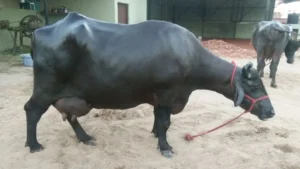



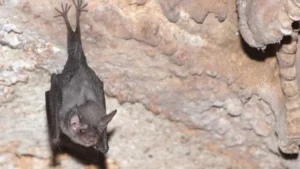

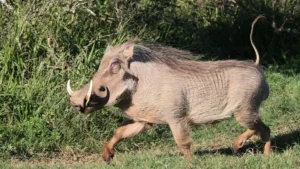
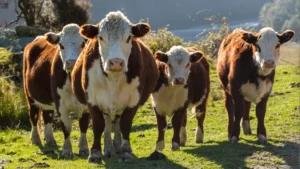

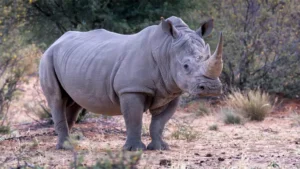

Leave your comment